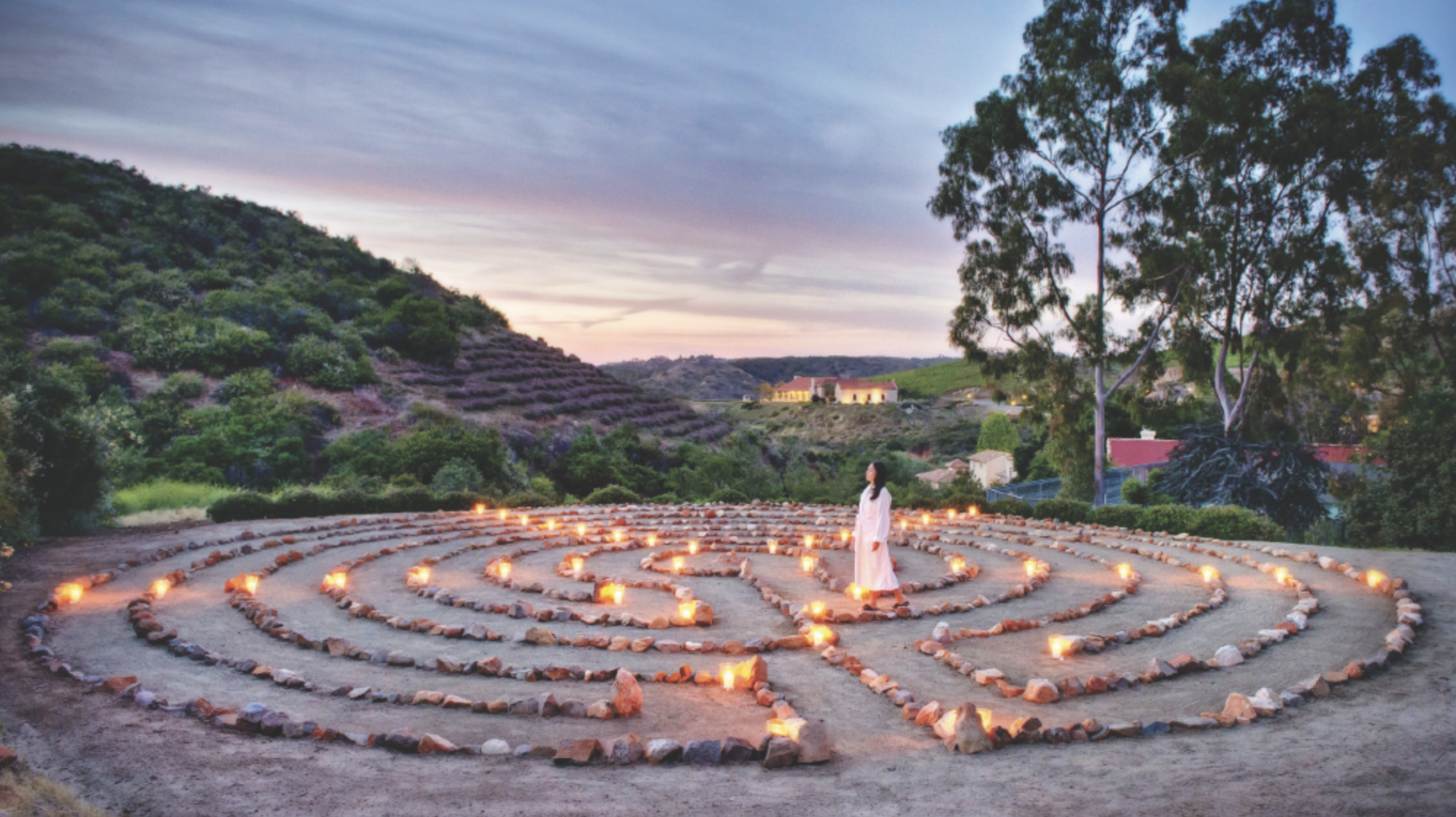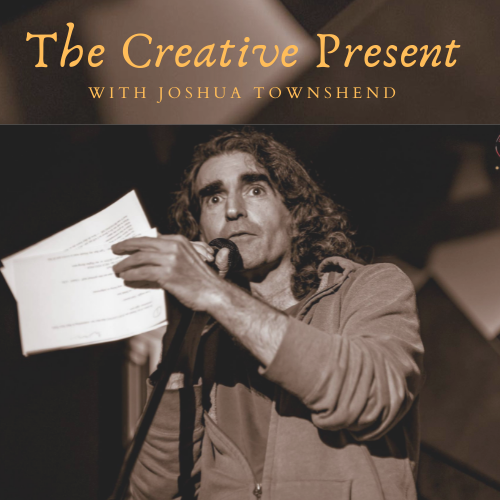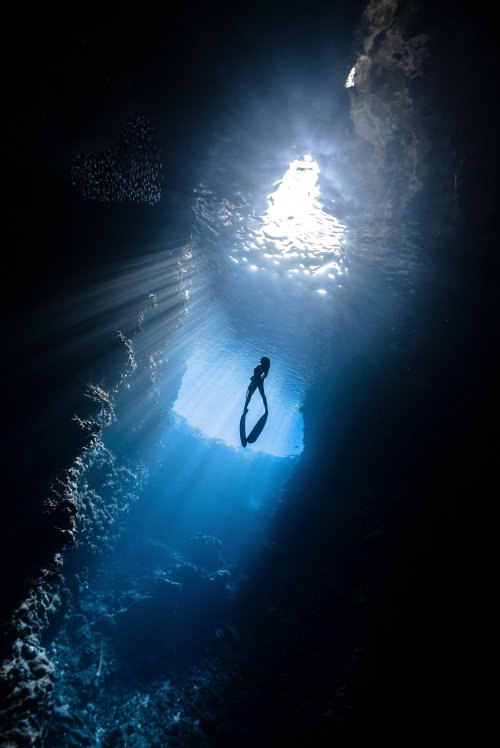Welcome to the creative presence, a show that’s dedicated to expanding your creative self expression. And at the same time getting your projects done. And I’m your host, Joshua Townshend.
Two of the most important things that you’ll ever work with are on and develop for your project for your narrative based project, for any project that has a story is perspective and point of view. So let’s talk about that in a very real and tangible way. And it’s critical, critical that you nail this perspective slash point of view. And continue to ask yourself this question throughout the development process, because it’ll help to bring a lot of baseline reality, a lot of baseline solidity as to what story you’re telling whose story it is, and what you’re driving home in terms of the through line of the story. So perspective and point of view, in reality, the perspective actually creates the point of view. Now, what is a point of view, a point of view is how the character thinks and feels a perspective, is that which I come to, in my day to day life, that how I show up things that happened to me the way I perceive it, that actually creates my point of view. So let’s, let’s use an example of like, say, a cockroach, right? A cockroach, in general has a perspective of being close to the ground or on the wall, it’s relatively small, everything around it is really quite large. And everything around it that’s animated is usually moving away from it with a lot of fear going, right, or moving towards it with a lot of energy to kill it, be it a cat or a dog or a human or gases or whatever it is, because of the cockroaches perspective, that perspective helps to inform their point of view of the world around them. So let’s go to something that’s a little more. That was a fun example, though, of something that’s a little more, a little more narrative driven. So let’s let’s have the, the position that we are writing a story about someone going up the coast here in California here, and I think everybody knows Baywatch, right? Everyone knows that that Okay, so let’s pretend this is like in the Malibu area along Pacific Coast Highway in Los Angeles, going north on pch, right. It’s the beaches on one side, and Malibu’s on the other and you have this long stretch of road going up this beautiful coastline. And it’s a beautiful Sunday afternoon. So I’m going to be having the perspective of the guy who’s in the red sports car driving up the coast. So I’m holding that perspective. And from that perspective, I have the point of view of oh my gosh, Isn’t life great? Isn’t life grand, I am so loving the freedom I’m experiencing as I drive up this highway on a Sunday afternoon. And let’s say that also, there’s another person who has a condo, a condominium that overlooks Pacific Coast Highway and the beach. And they’re holding a different perspective because they’re in a condo in the condos not moving, but they’re able to see the whole pch in front of them. They see my little sports car, and I’m gonna hold another point of view, which is, Wow, I love the view from my, from my condo balcony. Okay, so that’s my point of view. And it’s a lovely Sunday, and I’m smelling hot chocolate in my kitchen. Okay. Then another perspective would be the helicopter that’s going up and down the coastline, you know, protecting the swimmers, and it’s part of the lifeguard world or whatever. And they’re there to save people. And so their perspective is, Wow, we got to stay on top of all this, we have to manage the coastline. We make sure everyone’s safe. binoculars, right? But I’m seeing the whole coastline. So that’s my point of view as someone who’s in the helicopter. And then if I go one step further, I can say well, okay, I’m the person in the aeroplane. As I’m moving towards lax, I’m going down the coast, and I can see the entire coastline, including this 26 miles of Malibu. So it’s the same event, right, which is Malibu on a Sunday afternoon. But everyone because of where they are, the perspective that they’re holding, has a different point of view. That’s key.
Now ~~ let us move to one more step. As we’re going up the Pacific Coast Highway and our red sports car you and I, we hit some traffic, and it’s like really bad traffic. It’s like bumper to bumper, and I’m sitting in that trap where we we are sitting in that traffic and we’re like just sitting there and it’s Bear IT’S JUST inching along. Have no movement at all. And the other side’s just whizzing by, which makes us even more, like flustered and angry and, and you know, it’s the sun is beating down on us now and we get angry and frustrated that we’re not moving, we’re not getting to where we want to go. So I’m holding that perspective of someone in a red sports car getting stuck in traffic on Pacific Coast Highway, that’s the event, and the thoughts and feelings that come up because of it, right. So that’s, that’s what’s driving that. Now, at the exact same moment, the helicopter that’s going up and down the coast, is parallel to us. And they’re seeing the exact same thing that I’m seeing, I’m experiencing, right, I’m experiencing being stuck in traffic, but because they’re in a helicopter, they’re holding the point of view, literally, they can view the whole coastline from their vantage point. And they can see that just a couple miles up the coast, there’s a significant accident. And if I, if I keep going another 20 minutes in this traffic, then on the other side of that accident, everything’s going to open up again. Now, it is so important, it is so vital that if I’m the driver in this car, that I hold and maintain the perspective, also known as the point of view, through my perspective, I’m holding this point of view of the anger, the frustration, whatever is going on for me emotionally, the state of being of what I’m experiencing, as I go up the coast being stuck in traffic, I cannot take on the point of view of the helicopter pilot, who sees the larger perspective. And who now knows, oh, well in a mile or so it’s going to break free. Because if I do that, I’m no longer if I do that, as the driver, I am no longer holding my authentic point of view, I actually break the dramatic tension, because I’m holding a perspective that I can’t have. So because I’m in the car, and the helicopter person is going to have their perspective based on them being in a helicopter with a larger perspective. But if I start to mix those perspectives, it will be a disservice to my story. Now that’s very easy to see, because I’ve laid it out in a way that’s, that’s very physical, it’s very practical, very pragmatic. But it’s exactly the same thing. When it comes to consciousness or awareness of the character, the character must feel authentically stuck in whatever the whatever their their, whatever they’re holding on to whatever they’re grappling with. And if I throw in a higher perspective, too fast, too soon, you’re going to let the air out of the tension of the dramatic, the dramatic moment, and you’re not going to serve your story, you’re not going to serve your character you because you’re giving your character a perspective that they haven’t earned, or that they don’t actually know, from a visceral point of view. So that’s the importance of holding the perspective, holding the point of view of that character that leads to that state of being whatever it is, as they authentically work through it. So I’m going to give one last example of this. And this is, this is a little bit of a hot topic, but it’s it’s the same thing, which is we have a political story. And I don’t care what the political story is, but you have a political story. And let’s say that story is something about a war, or something about an election. Okay, a war an election doesn’t make a difference to me. But that’s the story. And the story is just like Pacific Coast Highway. And then CNN, which has a certain perspective, which then leads to their point of view about that story is going to roll it out, roll out that story in a certain way that supports their perspective or their point of view. And the same thing is going to happen over at Fox News or some other news outlet that has a different perspective, a different point of view.
So it’s the same event, right? It’s the same election, let’s say election, it’s the same election, but you’re gonna get two completely different points of view. But it’s the same event. I’m on Pacific Coast Highway, one person’s in a car, one person’s in a helicopter. And now what I invite you all to do is to take a look at your story and to make sure that your characters are authentically holding their perspective, their point of view all the way through the narrative as they need to so that they can authentically earn the next level of growth or awareness or whatever it is and it doesn’t leak out before it’s time. So give me a note. Let me know this was of help because this is this is Uh, we’re in the weeds on this one, but it’s really important and I hope you enjoyed the show. Take care. Don’t forget to like don’t forget to subscribe and I’ll see you again soon.
Thank you for listening. If you love what you’re listening to please subscribe and then share with fellow creatives. For more, go to JoshuaTownshend.com.
SUMMARY KEYWORDS
perspective, view, holding, pacific coast highway, story, coast, moving, helicopter, coastline, driving, malibu, red sports car, traffic, condo, pch, sunday afternoon, person, creative self expression, experiencing, point of view






